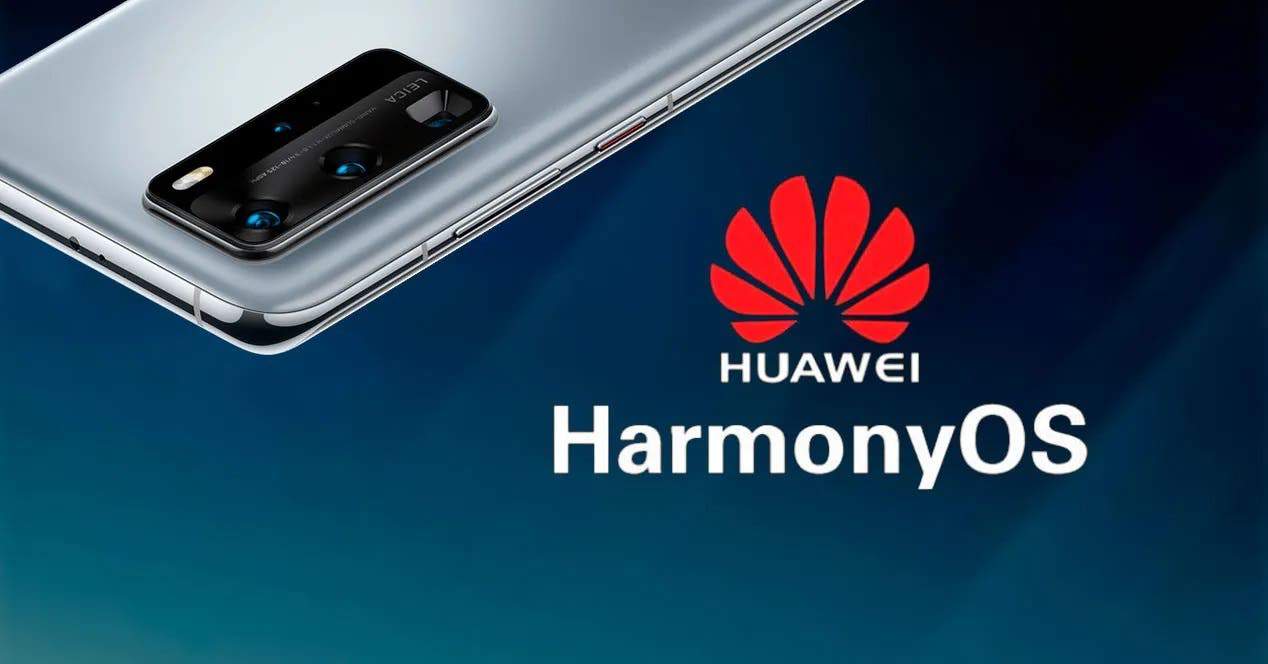No products in the cart.
What is HarmonyOS? Huawei’s Operating System Explained Leave a comment
Just when Huawei Phones were gaining ground to compete for a fair market share which had been dominated mainly by Samsung, Nokia, Microsoft, Apple, and Google Pixel, the company was banned from doing business with any US company. This meant no more google services for any new devices produced by Huawei, No Android. If Huawei was to continue smartphone production they had to get a new Operating system that was as stable as Android and that is when they introduced their very own HarmonyOS.
HarmonyOS, also known as HongMeng OS, which means wild goose in Chinese mythology, is an in-house operating system that Huawei has been working on since 2012. HarmonyOS was first used in Honor smart TVs in August 2019 and later used in Huawei smartphones, tablets, and smartwatches in June 2021. It can be explained as a distributed Operating System developed by Huawei to run and interconnect intelligent devices. For nonstandard computing devices, the system is known to be based on LiteOS; while for smartphones and tablets, it is based on a Linux kernel and has used the open-source Android code to support running Android apps, in addition to HarmonyOS Apps. It was unveiled in 2019 as a “back-up” for Google’s Android after the company was put on an export blacklist, citing “national security threats” due to its close ties to the Chinese government. The Huawei ban was extended to companies such as Qualcomm, and Intel, among many others.

How Does HarmonyOS Work?
Harmony OS is based on a microkernel, which is a minimal software structure for operating mechanisms. As opposed to monolithic kernel structures that are layered, the microkernels are more modular, making them light and flexible. For example, Android runs on 100 million strains of code while the HarmonyOS, according to Huawei, runs on just 100 lines of code trumping Android on performance because it has a “Deterministic Latency Engine” that sets task execution priorities and time limits for scheduling – resources will gravitate toward tasks with higher priorities, reducing the response latency of apps by 26%. The microkernel can make IPC performance up to four times more efficient than current systems. The Harmony runs only basic operations leaving everything else to the OS, which evaluates them to be useful across various Internet of various devices.
What Devices Use HarmonyOS?
HarmonyOS started as a TV Operating System with the organisation’s sub-brand, Honor Vision. The Operating System is also featured on diverse IoT gadgets. Initially, the enterprise planned to release the brand new OS in lots of smart domestic gadgets, laptops, and wearables. But that now has been revised to include Phones and Tablets with HarmonyOS 2.0.

The latest offerings with HarmonyOS 2.0 include a series of tablets and wearables: the Huawei Mate 40, Huawei Mate 40 Pro and Huawei Mate X2, the Huawei GT 2 Pro, Huawei Watch GT 3, Huawei Watch GT 3 Pro, Huawei Watch GT 3 Porsche Design, and the Huawei MatePad Pro. Smartphones that run the HarmonyOS 2.0 include; Huawei P50, Huawei P50E, Huawei Nova 10 and Huawei P50 Pro. The upcoming smartphones will likely have the new OS 3.0 pre-installed, while the older devices launched with a limited Android version and will get an update to HarmonyOS.
Largely, HarmonyOS has been found only on Huawei’s smartphones, but it looks like it’s starting to be adopted by other smartphone brands, such as Gionee Mobile which are now the first smartphone company apart from Huawei to use HarmonyOS in its smartphones, starting with the Gionee G13 Pro. Also, Huawei aims to feature HarmonyOS on car head units, speakers, and many other types of devices in the future.
By using a single kernel across systems, the enterprise’s ambitions are to create a unified atmosphere of various devices to save developers’ time.
This will permit a developer to deploy one app throughout a smartwatch, tablet, and perhaps a speaker with little extra attempt. Sounds cool. Right?
Harmony OS vs Android. Can Android Apps Run on Harmony OS?
Do Android Apps Run on HarmonyOS? Yes. Android Apps are compatible with HarmonyOS. This includes the Google Play Store, Google Maps, Gmail, and YouTube. Also, any third-party apps that rely on Google Mobile Services for authentication won’t work on the new OS. Well, to the same extent that Huawei’s recent Android devices do, which is to mean that any apps that don’t rely on Google Mobile Services will run just perfectly.
What is the main difference between Android and HarmonyOS?

Android is based on monolithic kernels, where everything needed to run the system exists within the kernel itself. HarmonyOS, as stated above, is a microkernel-based operating system where the non-essential operations are left to other parts of the Operating system. Running these as processes outside the kernel makes the OS more adaptable.
What is the Difference between HarmonyOS and iOS?
iOS like the Android Operating System operates on monolithic kernels, where everything needed to run the device exists within the kernel. At the same time, HarmonyOS is a microkernel-based operating system where only essential operations are run and the non-essentials left to other parts of the Operating system.
Frequently Asked Questions About HarmonyOS
- Can I install Android Apps on HarmonyOS?
To install and use the Google Play Store App on your Huawei Smartphone or other device running HarmonyOS 2.0 or later, here at PhonesTablets Kenya we highly recommend you to use Huawei App Gallery, Huawei Petal Search or Huawei Phone Clone as discussed in HOW TO DOWNLOAD APPS ON HUAWEI PHONES
- Is Harmony OS better than Android?
HarmonyOS seems to be better than Android OS in some ways. But still, Harmony OS uses the Android Open Source Platform.
- Will HarmonyOS replace Android?
In some parts of the world, it could. But it won’t be that easy considering Android is used all over the world. So to replace it will take a good fight and skilled hard work.


